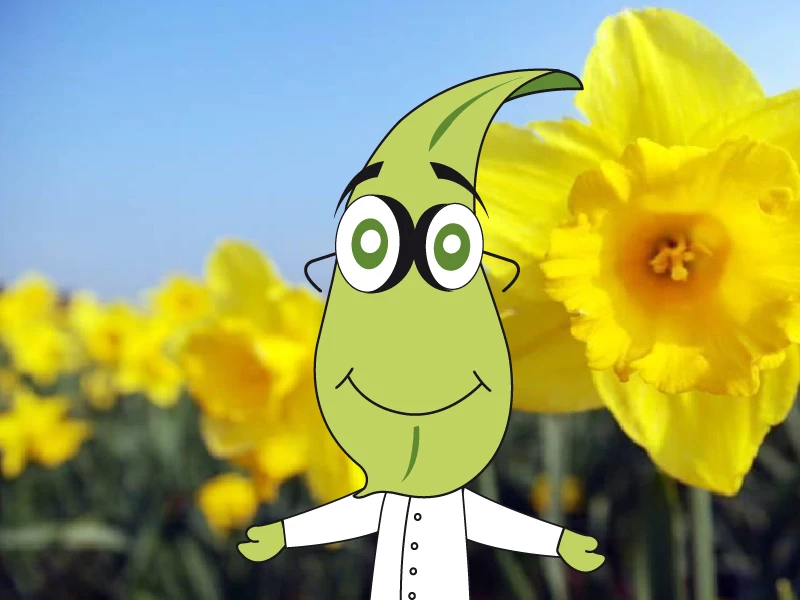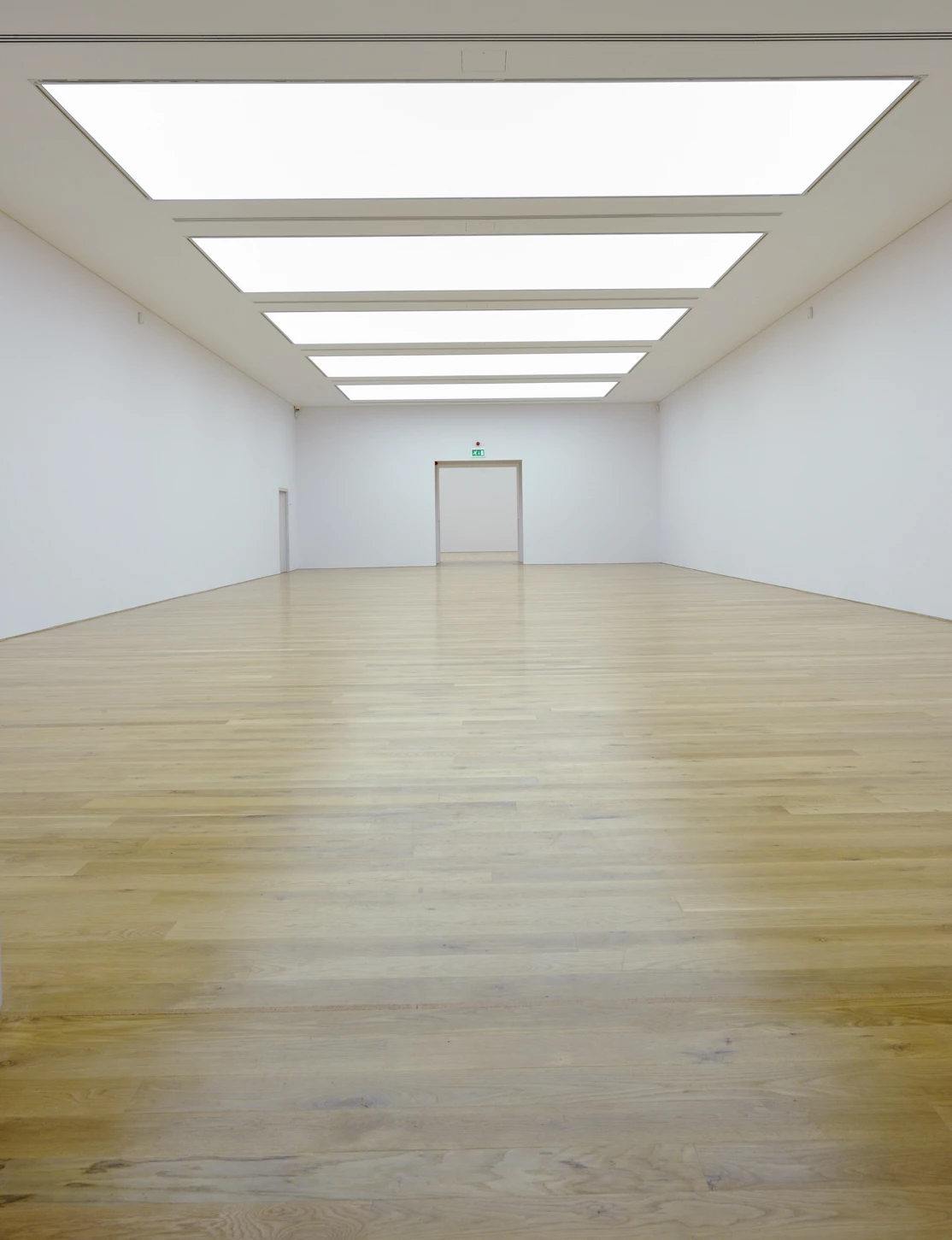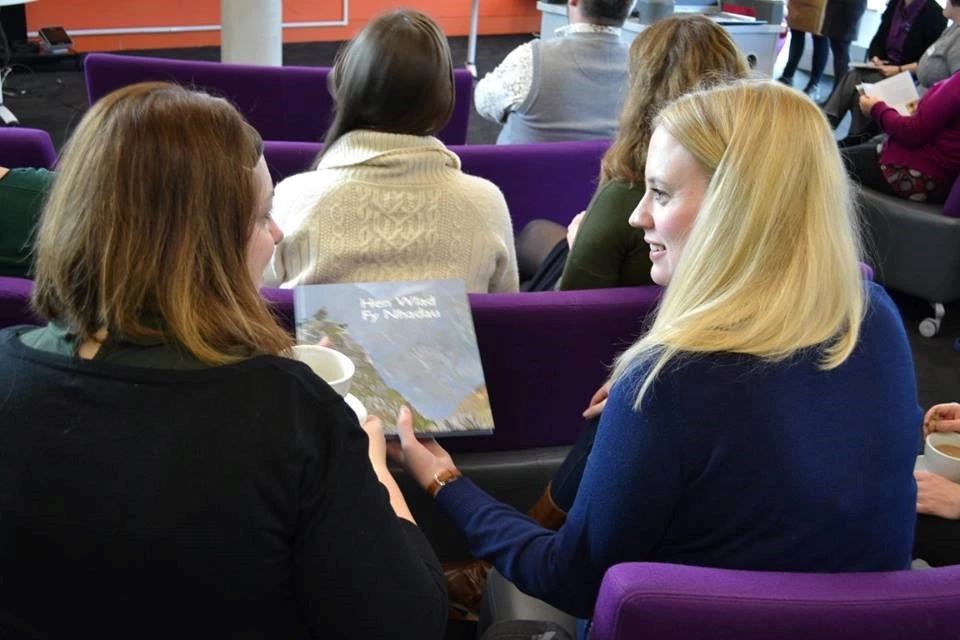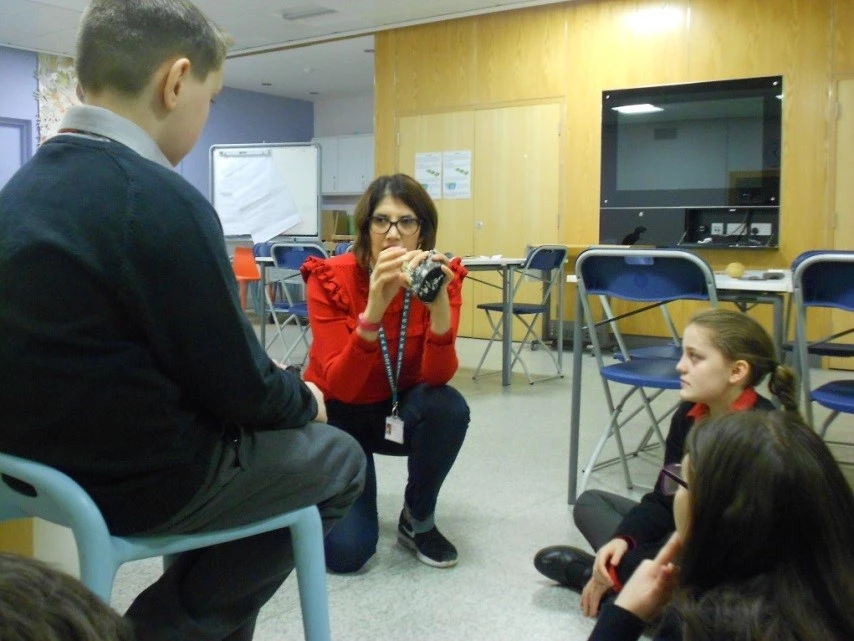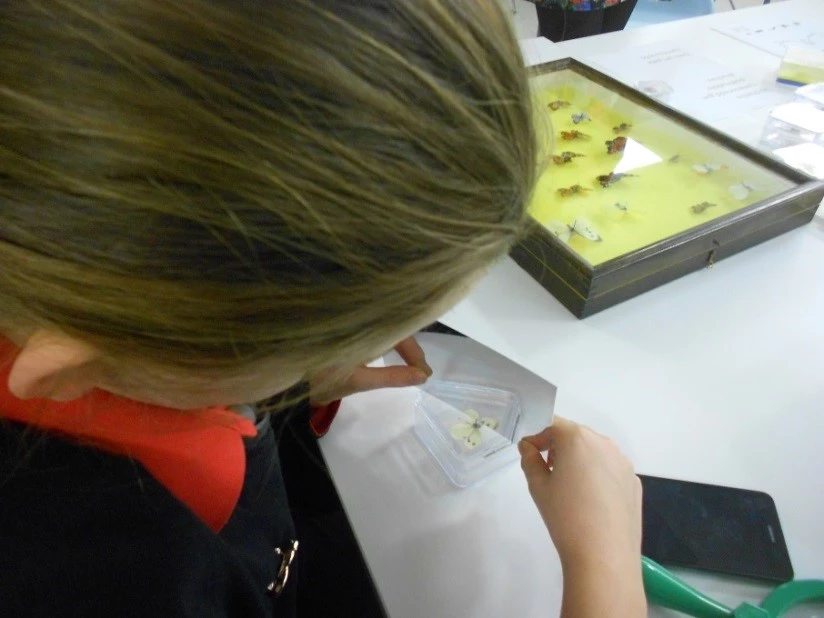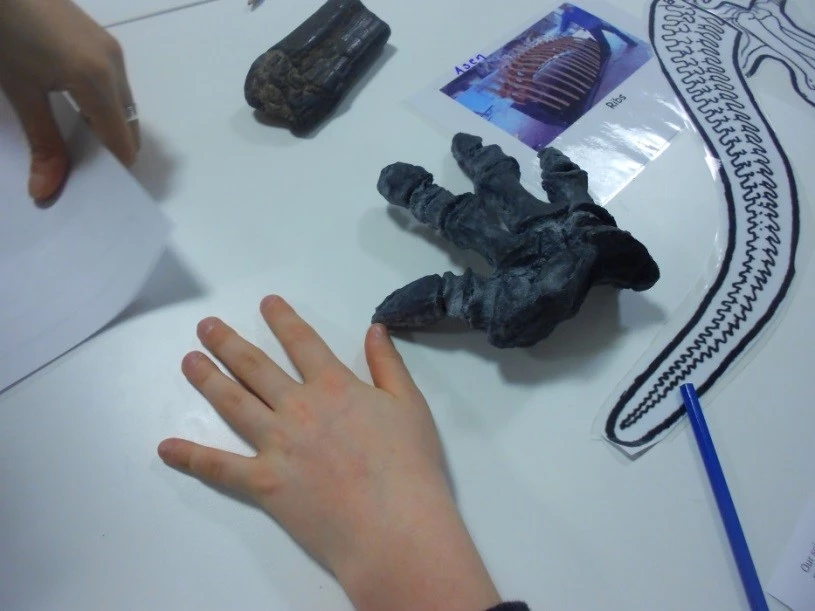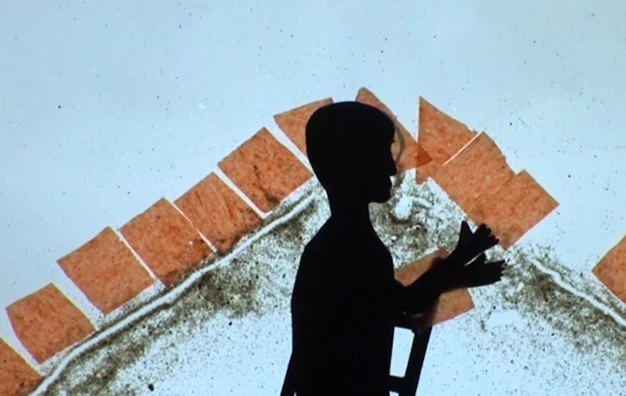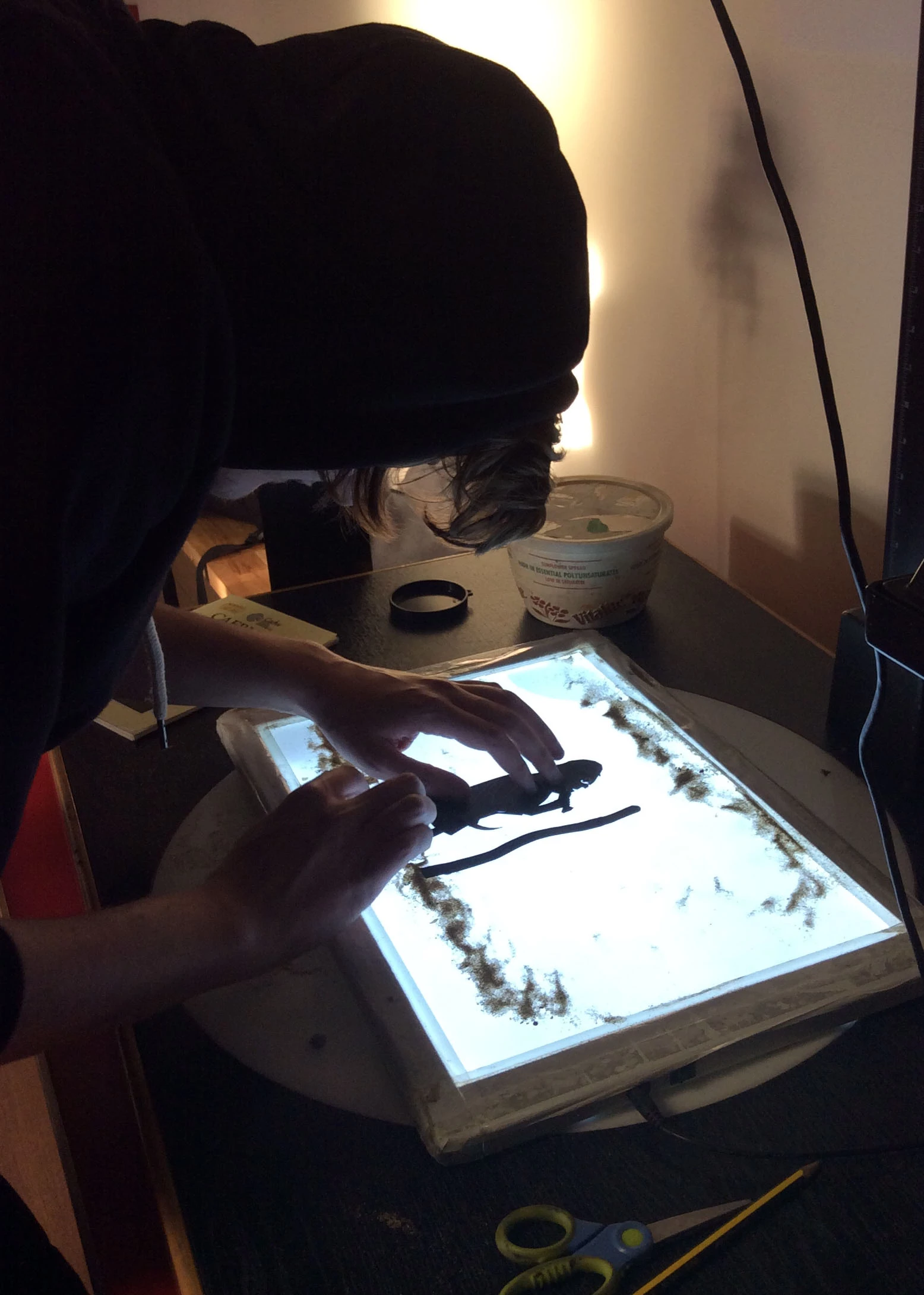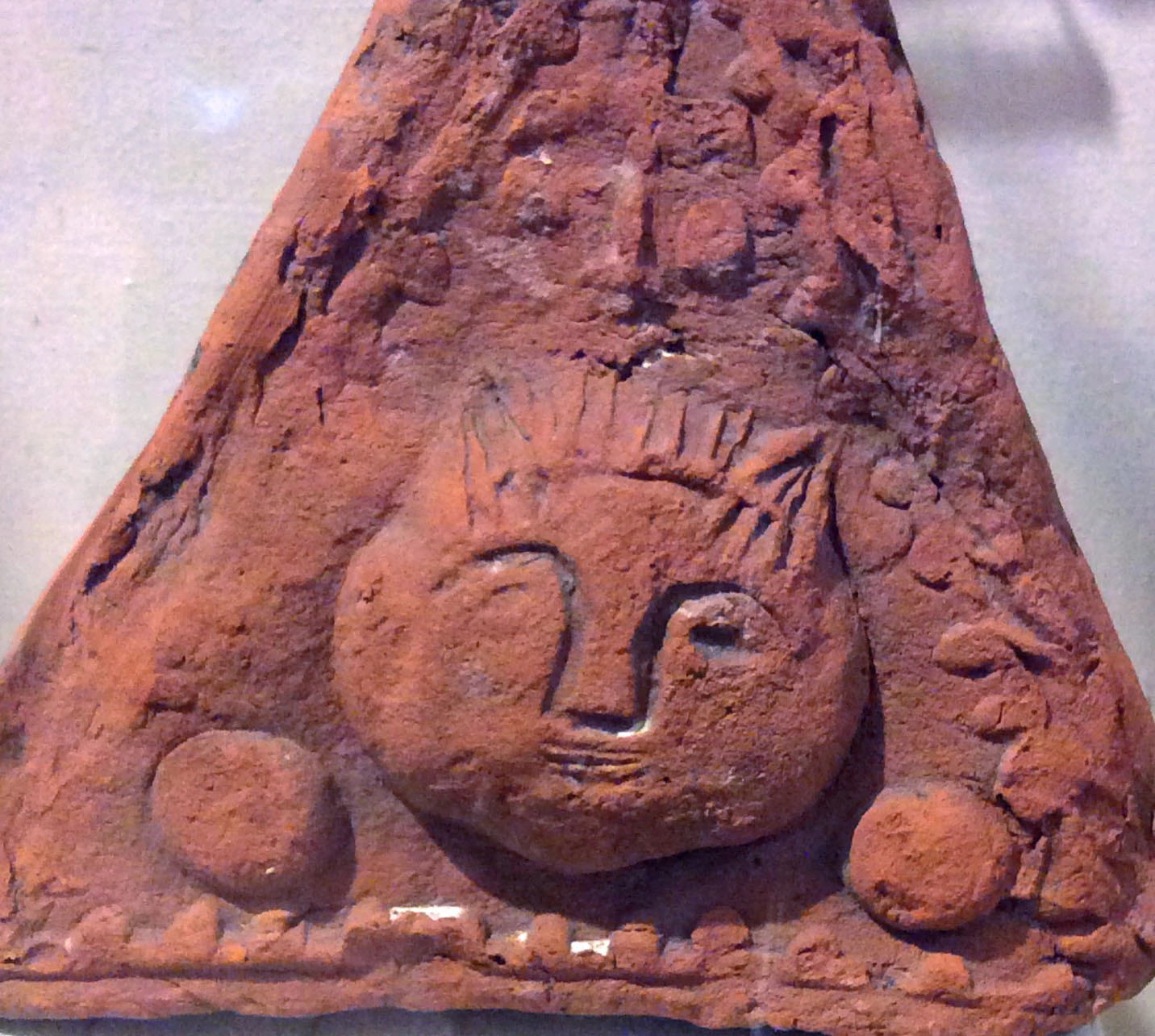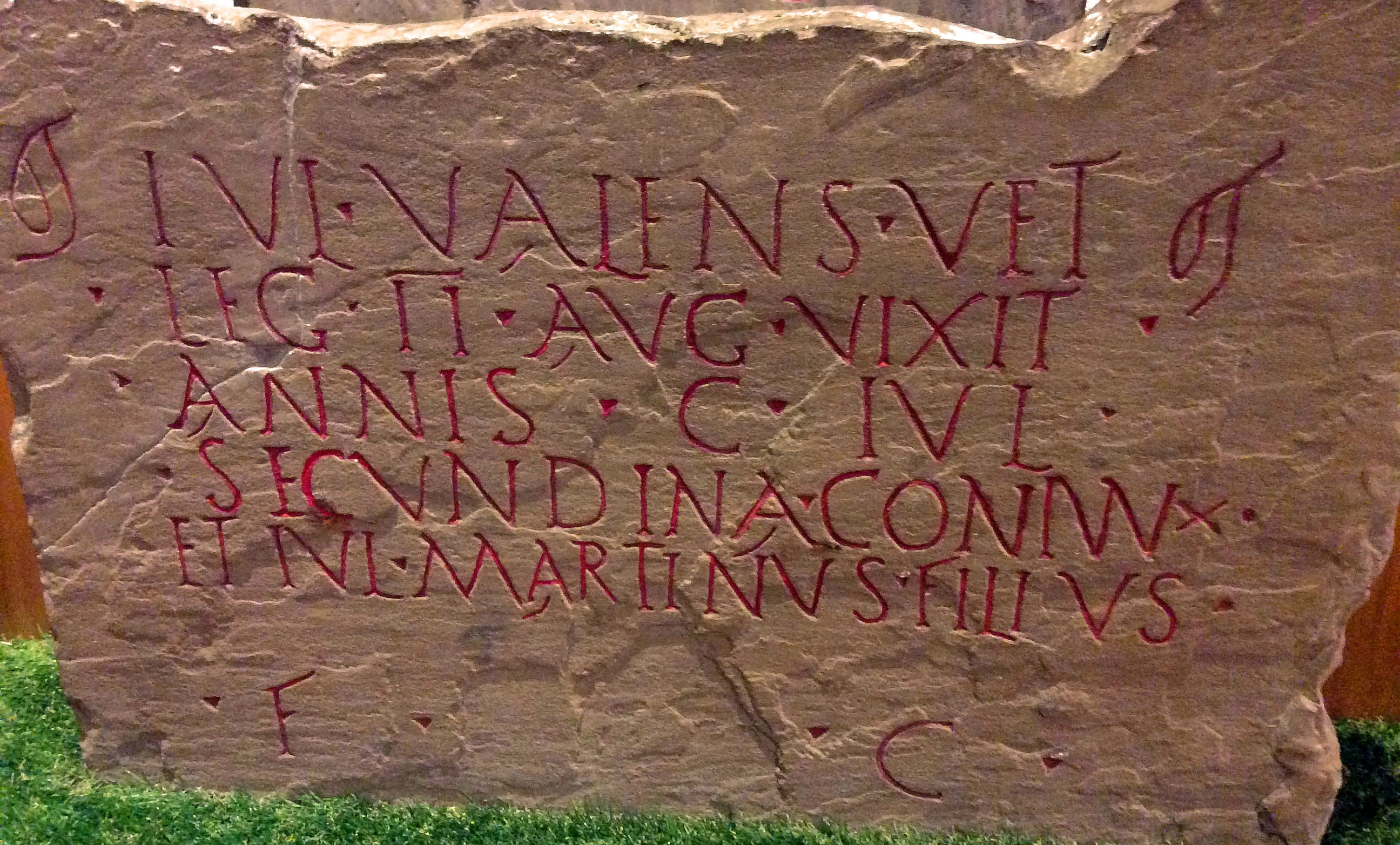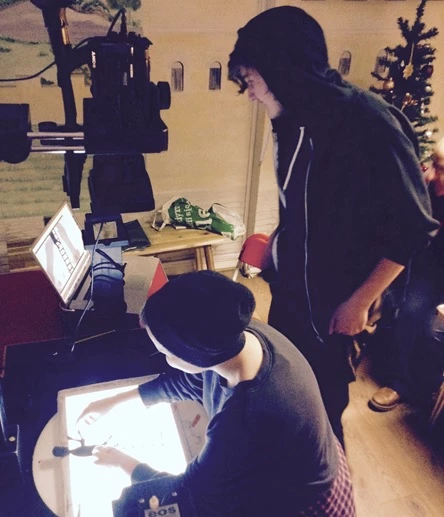Diwrnod plannu ar 20 Hydref!
, 19 Hydref 2017
Helo Cyfeillion y Gwanwyn,
Mae'n bron diwrnod plannu! Ydych chi'n barod? Dyma rai adnoddau defnyddiol i'ch paratoi ar gyfer plannu eich bylbiau a gofalu amdanynt dros y misoedd nesaf! Mae'r rhain hefyd ar wefan Bylbiau'r Gwanwyn i Ysgolion: https://amgueddfa.cymru/bylbiau-gwanwyn/
Dylech ddarllen y dogfennau hyn:
• Llythyr oddi wrth Athro'r Ardd (cyflwyniad i'r prosiect)
• Mabwysiadu eich Bwlb (trosolwg o’r gofal fydd angen ar eich Bylbiau)
• Plannu eich bylbiau (canllawiau ar gyfer sicrhau arbrawf teg)
A chwblhewch y gweithgareddau hyn:
• Tystysgrif Mabwysiadu Bylbiau
• Creu Labelai Bylbiau
Mae'n bwysig eich bod yn darllen y rhain oherwydd maent yn cynnwys gwybodaeth bwysig! Er enghraifft, ydych chi'n gwybod pa mor ddwfn mae angen i chi blannu eich bylbiau? Neu sut i labelu fel mae’n glir lle mae'r Cennin Pedr a Chrocws wedi eu plannu?
Cofiwch dynnu lluniau o'ch diwrnod plannu i gystadlu yn y Gystadleuaeth Ffotograffydd Diwrnod Plannu!
Cadwch lygad ar dudalen Twitter Athro'r Ardd i weld lluniau o ysgolion eraill: https://twitter.com/professor_plant
Pob lwc! Gadewch i ni wybod sut mae'n mynd!
Athro'r Ardd a Bwlb Bychan
